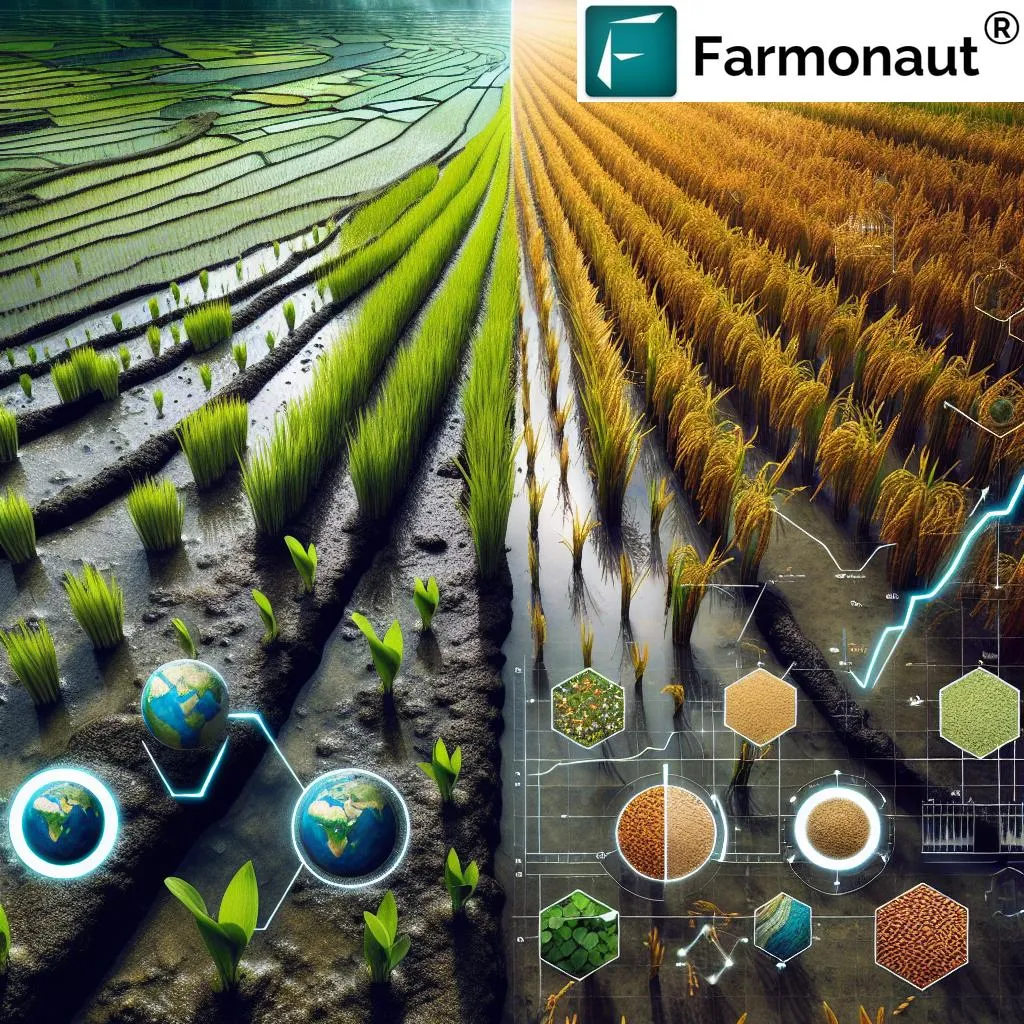In the heart of Indonesia’s agricultural landscape, a silent battle rages on—one that pits farmers against relentless pests that threaten their livelihoods. Traditional methods and chemical pesticides have long been the go-to solutions, but their inefficacy and environmental toll have left farmers searching for a better way. Enter Hilda Zulfira Kamaruzzaman, a researcher from Universitas Malikussaleh, who has designed an innovative IoT-based automatic pest repellent system that could revolutionize the way farmers protect their crops.
The system, detailed in a study published in the Journal of Applied Informatics and Computing, is a testament to the power of technology in addressing real-world problems. At its core, the prototype uses a NodeMCU ESP32 microcontroller to orchestrate a symphony of sensors and actuators. A PIR sensor keeps a watchful eye on pest movements, while an ultrasonic speaker and an electric net stand ready to repel and capture unwanted visitors. Powered by a solar panel, the system is not only energy-efficient but also environmentally friendly, a stark contrast to the chemical pesticides that have long plagued the agricultural sector.
“The system has proven to reduce pesticide dependency, which is a significant step towards sustainable agriculture,” Kamaruzzaman explains. The prototype’s ability to detect pest movement at a distance of approximately 5 meters and activate the ultrasonic speaker with a range of 50–100 meters to repel birds, and the electric net to catch insects at night, showcases its potential to increase rice farming efficiency. With a detection success rate of over 85%, the system’s consistent actuator response is a promising sign for farmers who have long struggled with pest infestations.
The commercial impacts of this research could be substantial. By reducing the need for chemical pesticides, farmers can lower their operational costs and minimize the environmental impact of their practices. Moreover, the system’s energy efficiency and ease of use make it an attractive option for local farmers who may not have access to advanced agricultural technologies. As Kamaruzzaman notes, “This system has the potential to increase rice farming efficiency, which could have a ripple effect on the entire agricultural sector.”
The implications of this research extend beyond Indonesia’s borders. As the world grapples with the challenges of sustainable agriculture, innovative solutions like Kamaruzzaman’s IoT-based pest repellent system offer a glimpse into the future of farming. By leveraging the power of technology, farmers can protect their crops more effectively, reduce their environmental footprint, and ultimately, secure their livelihoods.
As the agricultural sector continues to evolve, the integration of IoT technologies is likely to play a pivotal role in shaping its future. Kamaruzzaman’s research is a testament to the power of innovation in addressing real-world problems and offers a promising path forward for farmers around the world. With further development and refinement, this IoT-based pest repellent system could become a game-changer in the fight against agricultural pests, paving the way for a more sustainable and efficient future for farming.

